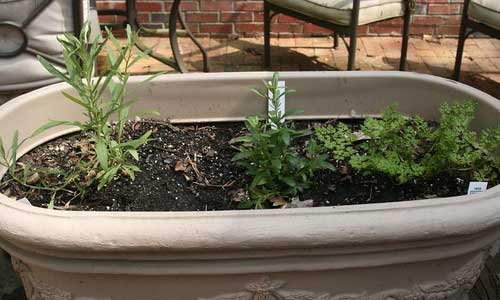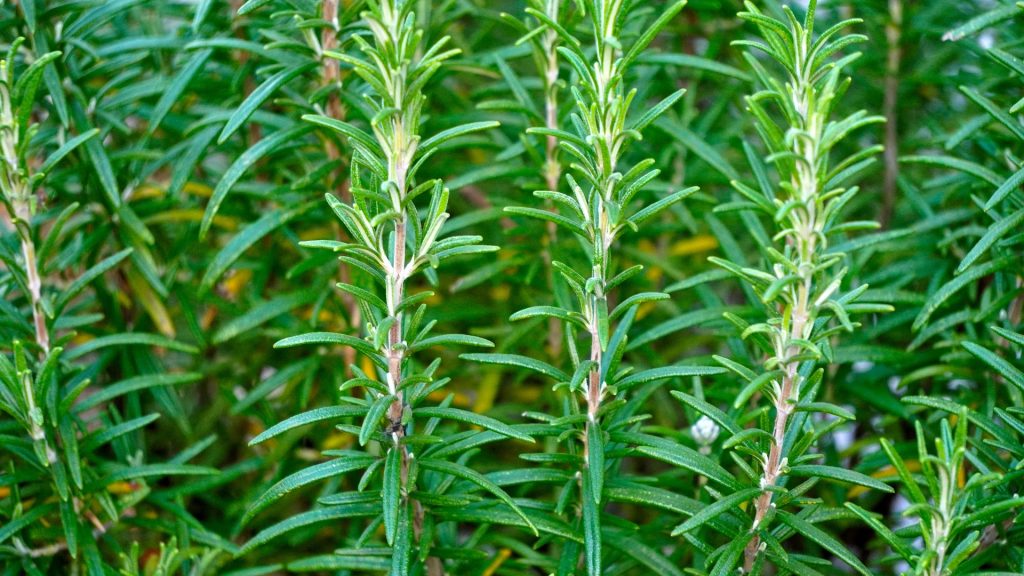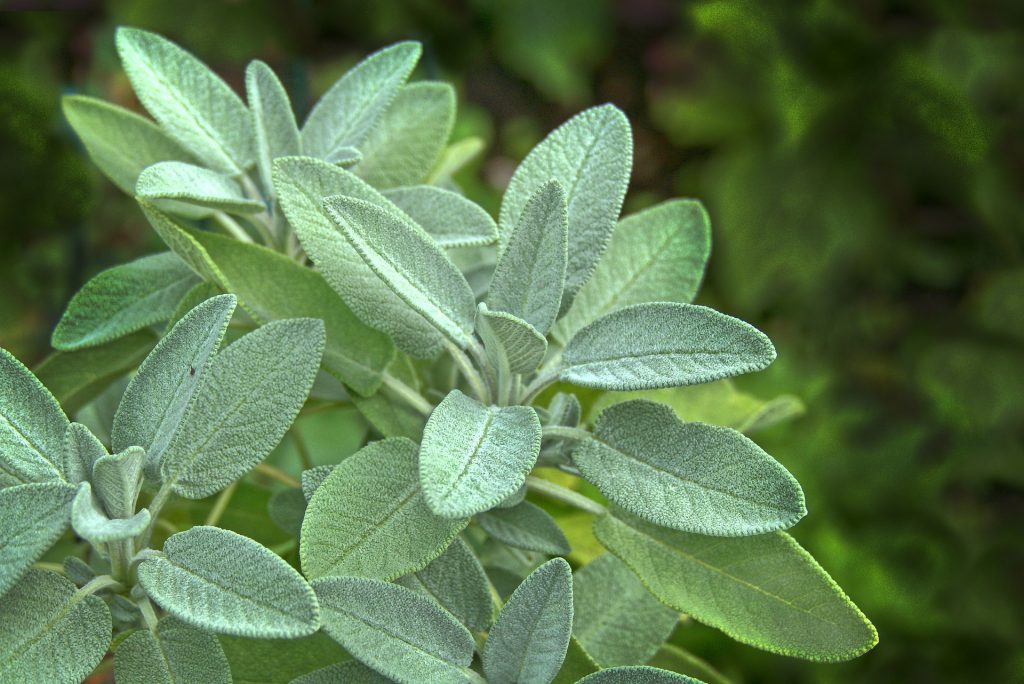Growing Winter-Hardy Herbs
At a time when there isn’t much to pick in the garden, these robust herbs will add a bit of zing to your winter kitchen.

Bay
Bay trees are a beautiful evergreen addition to any garden, with dark, shiny leaves and bee-friendly cream flowers in spring. Bays prefer fartile soil and an open, sunny position, but need some protection when young. They can grow to 11m, but are easy to clip and shape.
Bay leaves can be harvested any time of the year and can be used fresh from the tree, a couple of days after picking, or dried. Bay is most commonly used to flavour soups, stews, marinades, casseroles and meats – often with parsley, thyme and peppercorns as a bouquet garni.
Chervil

Chervil is one of the few ‘soft’ herbs that flourishes in winter, as long as it is sheltered from extreme cold and is kept fairly moist. It is an annual that looks like a fern and tastes like aniseed.
Chervil has a delicate taste and is used to best effect in soups and sauces, with eggs and fish and as a garnish. With tarragon, chives and parsley, chervil makes up fine herbes – a great pick-me-up for plain omelettes and salads.
Mint

What would a herb garden be without at least one of the many varieties of mint? All grow from seed or runners and all have vigorous, invasive roots. They like rich moist soil and prefer a bit of shade. Common varieties include common mint, spearmint, peppermint, applemint, Asian mint and pennyroyal – all with distinct flavours.
Mint is one of the most commonly used culinary herbs and is great with peas, spuds, meat, citrus and as a garnish. It also makes a great cup of tea.
Oregano and marjoram
These two cousins (oregano is often referred to as wild marjoram) are versatile perennials that like well-drained sunny soils. They are easy to grow from cuttings in spring or autumn, or from seed in spring.
Leaves are used fresh or dried and are essential in Mediterranean cooking. Marjoram has a milder taste, and forms traditional mixed herbs with thyme and sage.
Rosemary

Rosemary is a spiky and aromatic perennial shrub that prefers an open, sunny position in well-drained soil. It can be grown from seed, but is more frequently propagated from cuttings in autumn. Upright rosemary can grow to around 1m; there is also a prostrate rosemary that grows to about 30cm as a ground cover.
Rosemary weathers winter well, producing fresh leaves harvest all year round. It has a strong flavour that lends itself well to soups, stuffings, vegetables, meats and fish.
To enhance the aromatic impact, run hot water over the leaves just before use.
Sage

An attractive perennial with greygreen textured leaves and purple flowers. Sage prefers a sunny, well drained position in the garden and needs little water once established. It may look a bit ragged in winter, but will still be flavoursome. Be sure not to cut sage back to its woody stem as it may not recover well.
Sage is traditionally a medicinal herb (good for nerves, memory and digestion), but in cooking is used to counter rich flavours such as pork, poultry and game. It has a strong flavour (and dried sage has an even stronger flavour), so use sparingly.
Thyme
Hardy and versatile, thyme is a popular feature of most kitchen gardens. It likes a light soil and an open and sunny position and can be grown from seed or suckers in spring. Thyme has a distinct fragrance that makes an invaluable contribution to soups, vegetables, stews, casseroles and stuffings.
Winter savory
Summer savory is an annual, while winter savory is a perennial, with narrow, glossy leaves and tiny white flowers. It prefers sunny, well-drained soil and can be grown from seed, cutting or division.
Savory is closely related to thyme, but with a more peppery flavour. A great companion for beans, pulses and fish and for seasonings and stuffings.